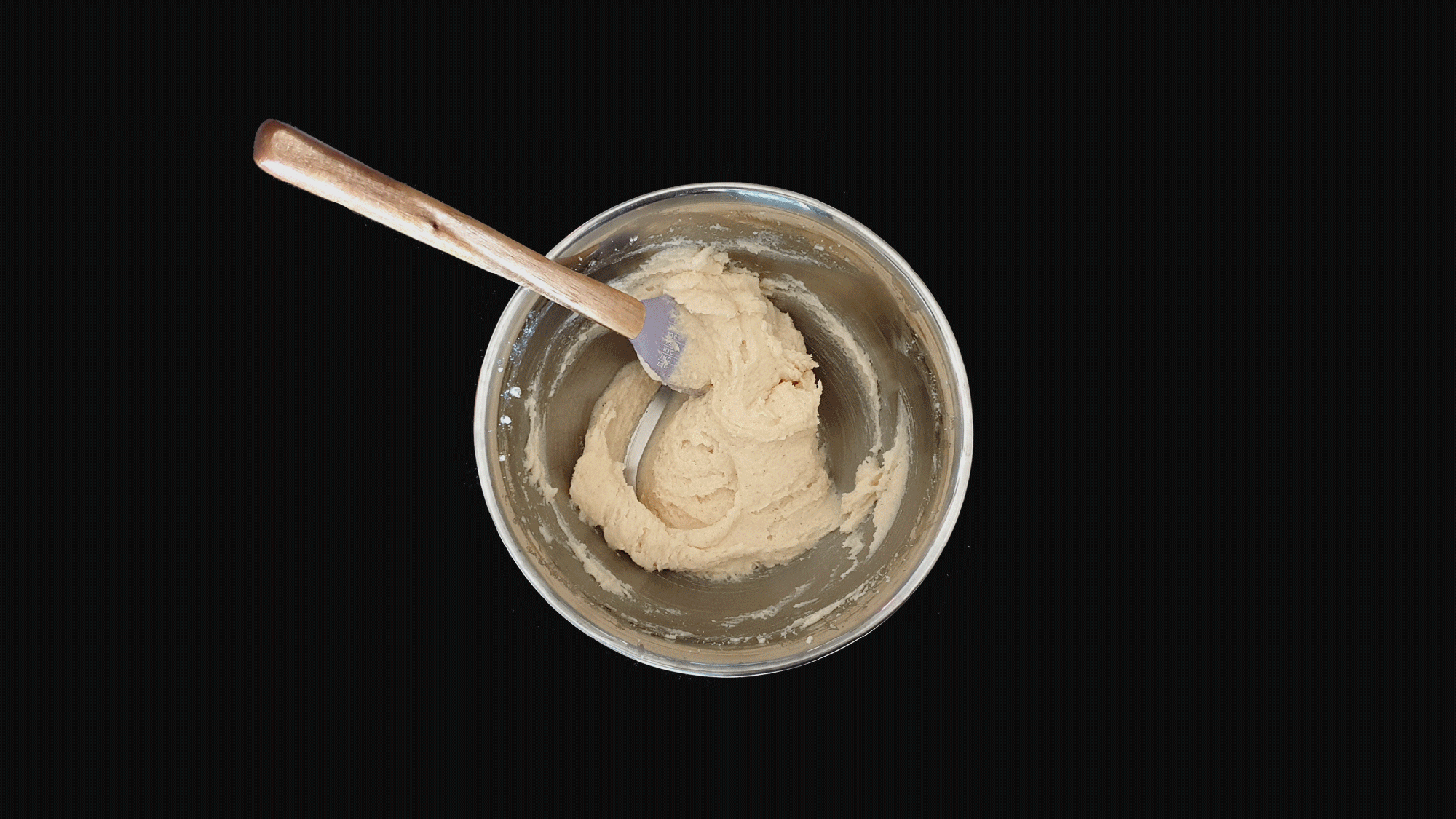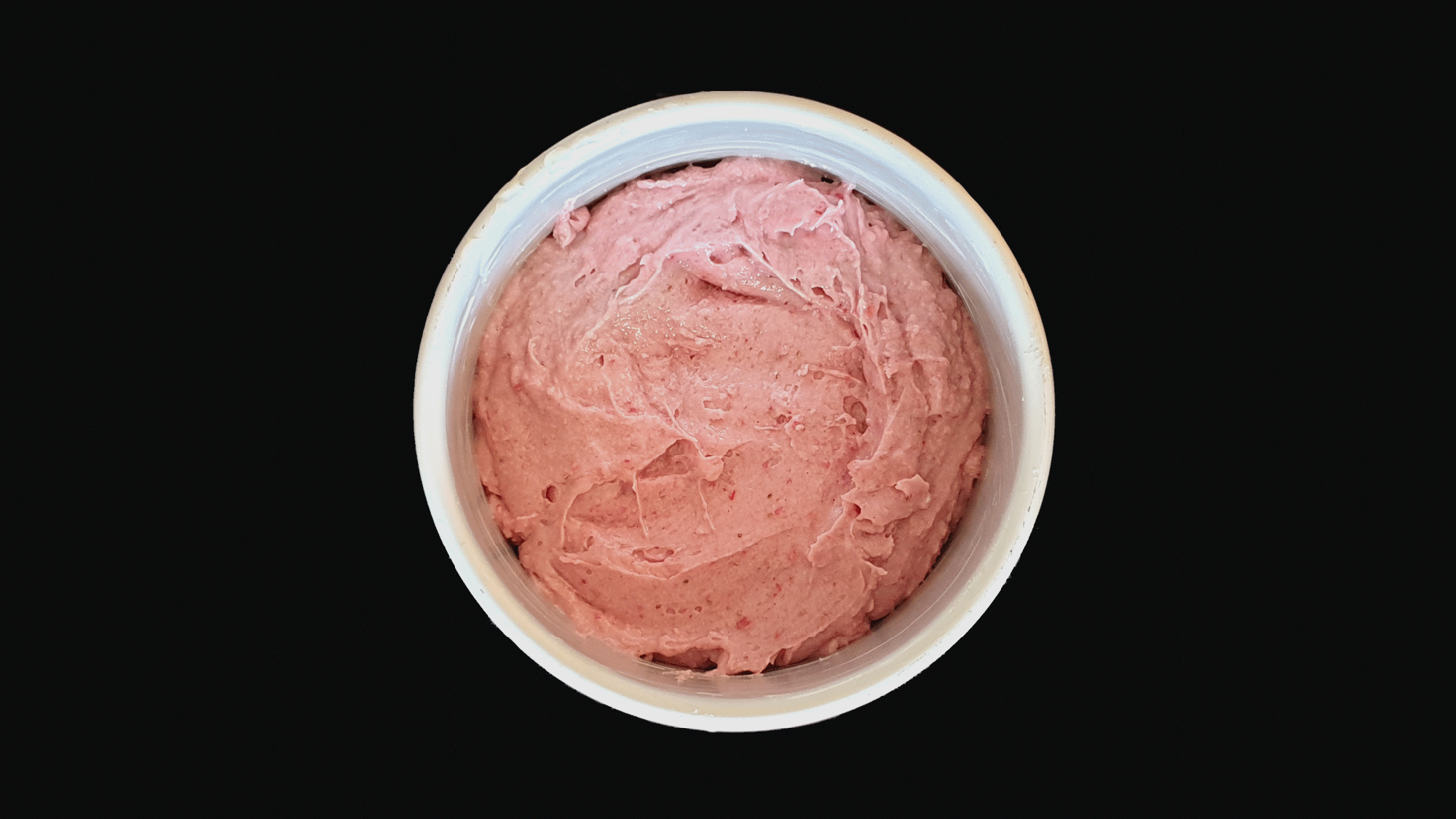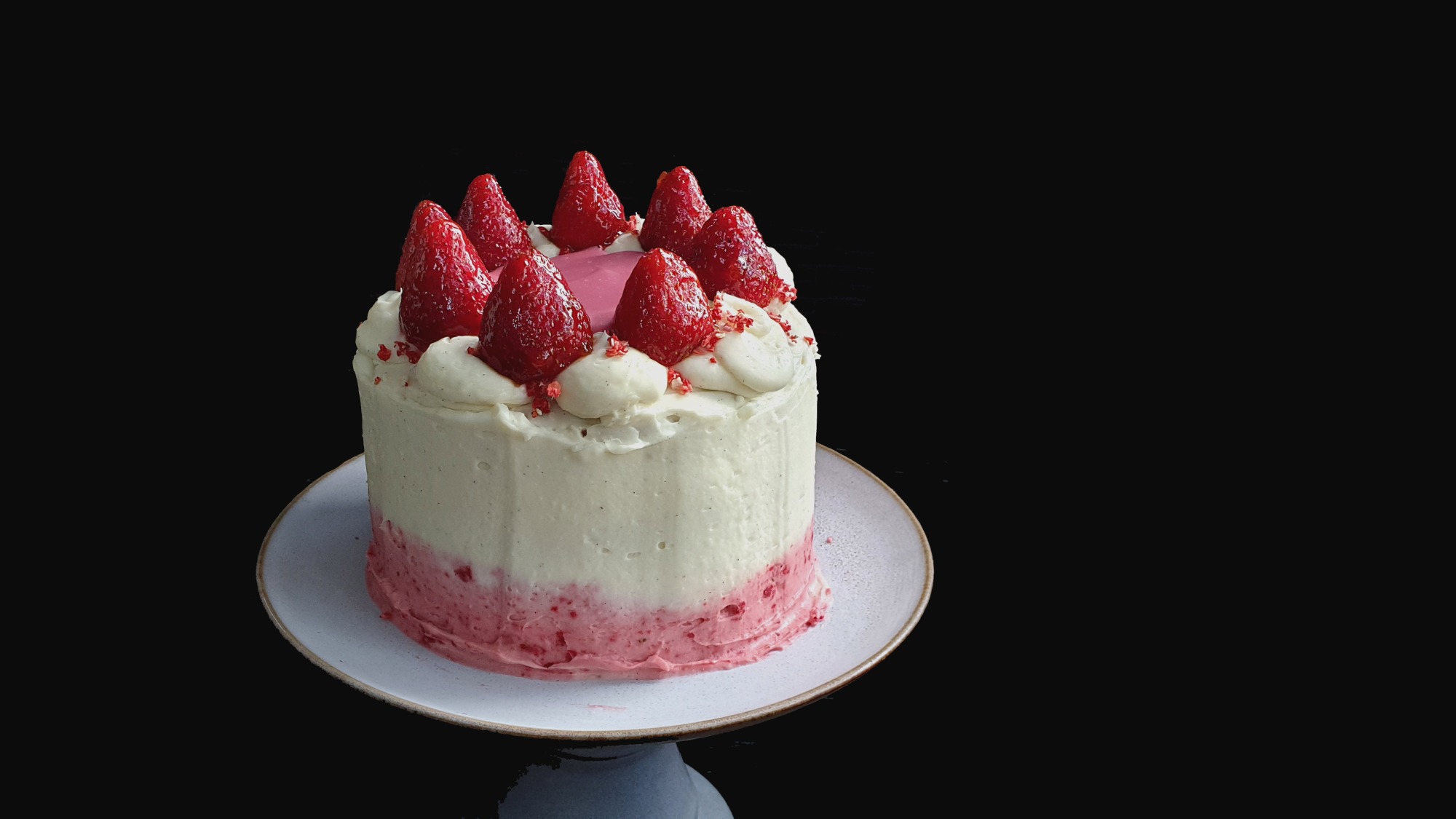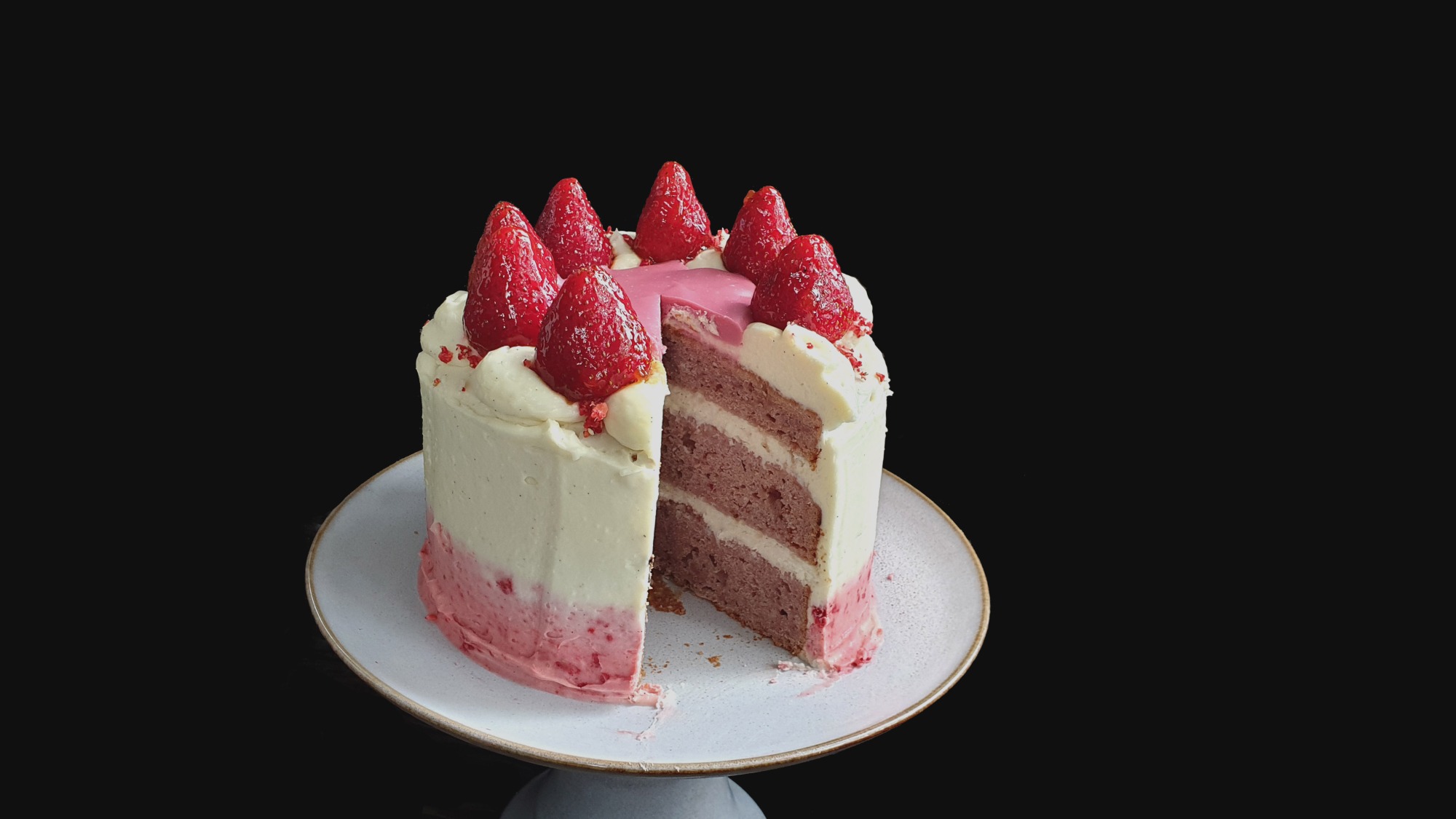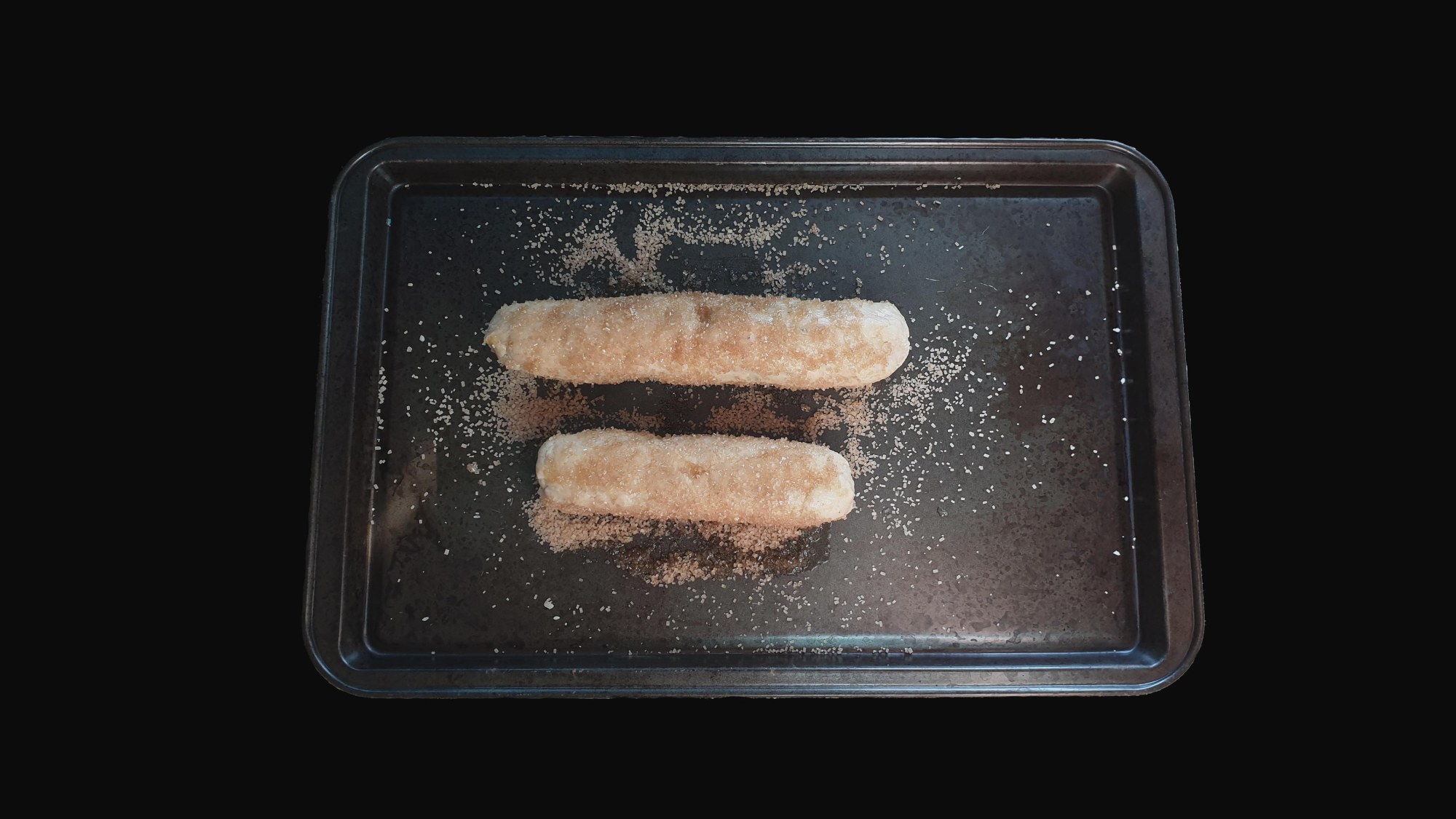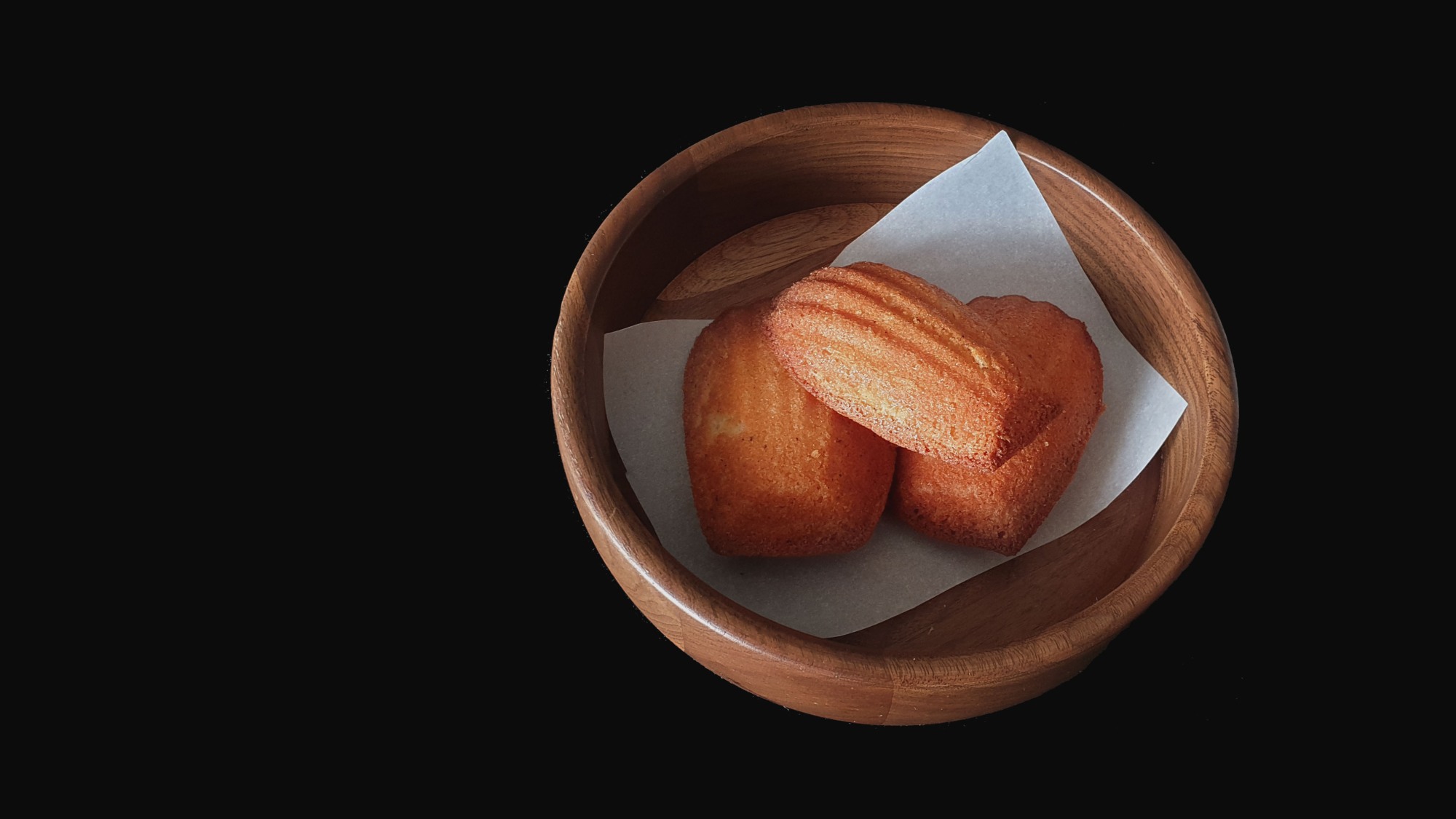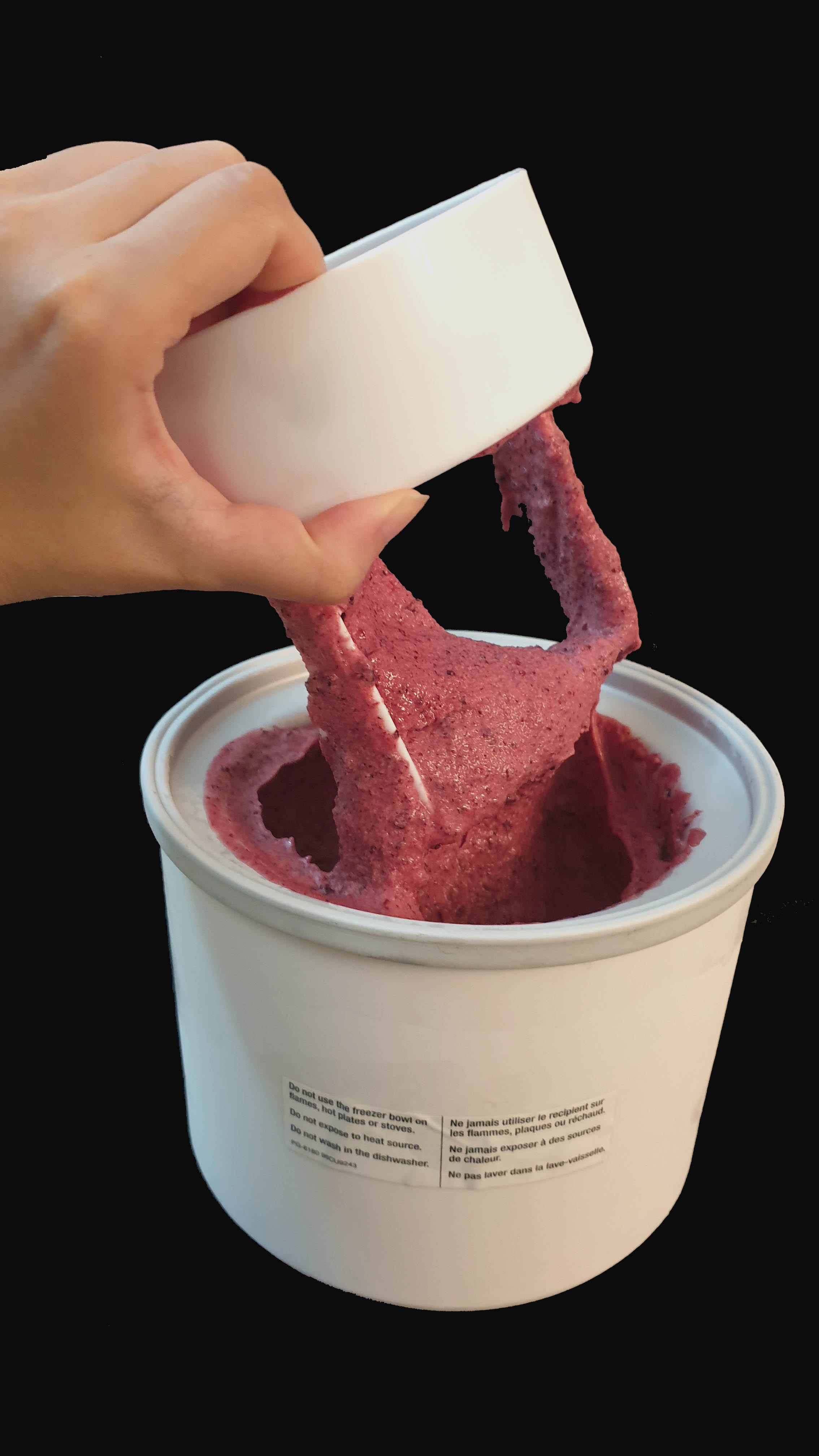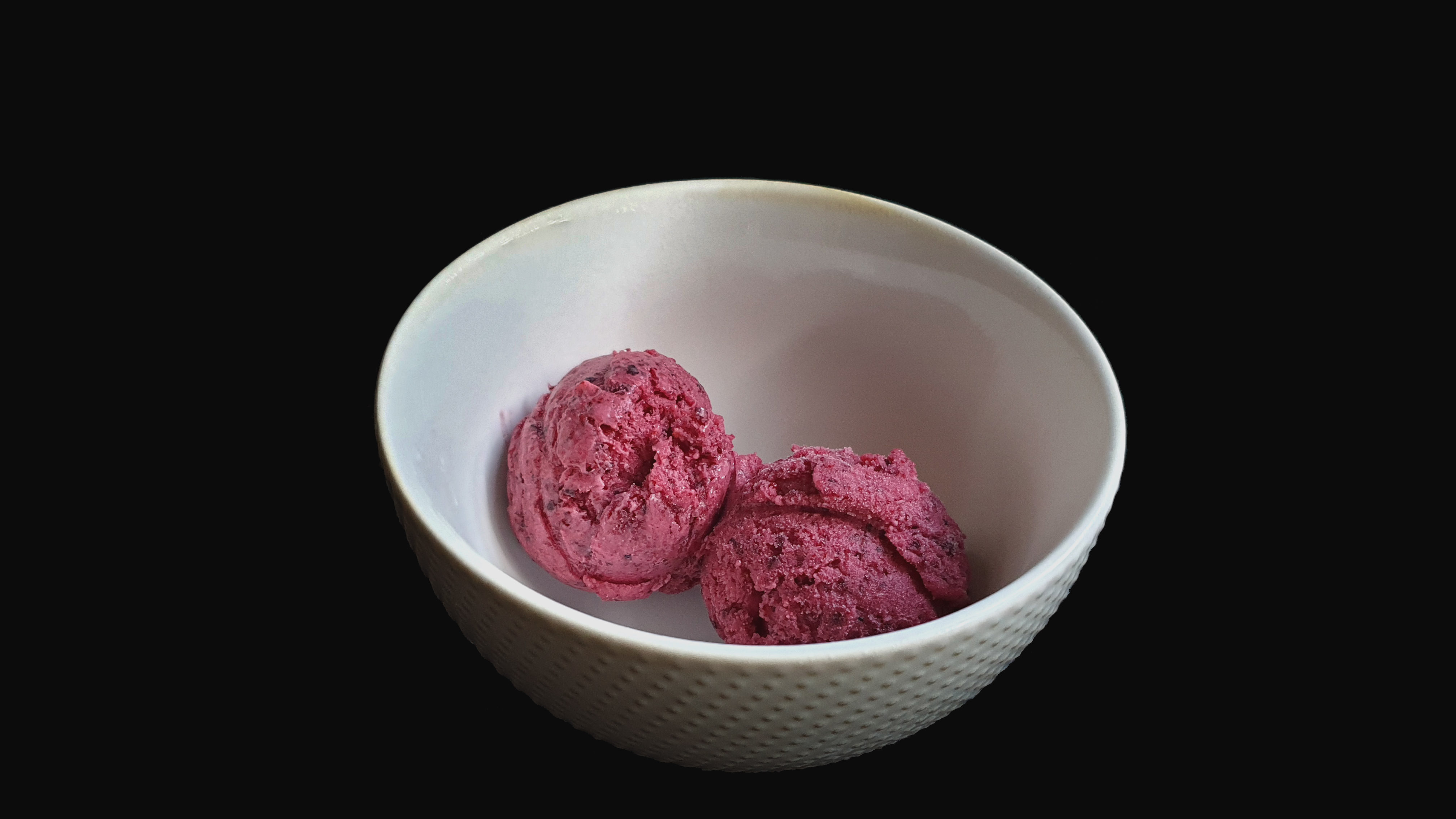The beginning of my tartlet journey.
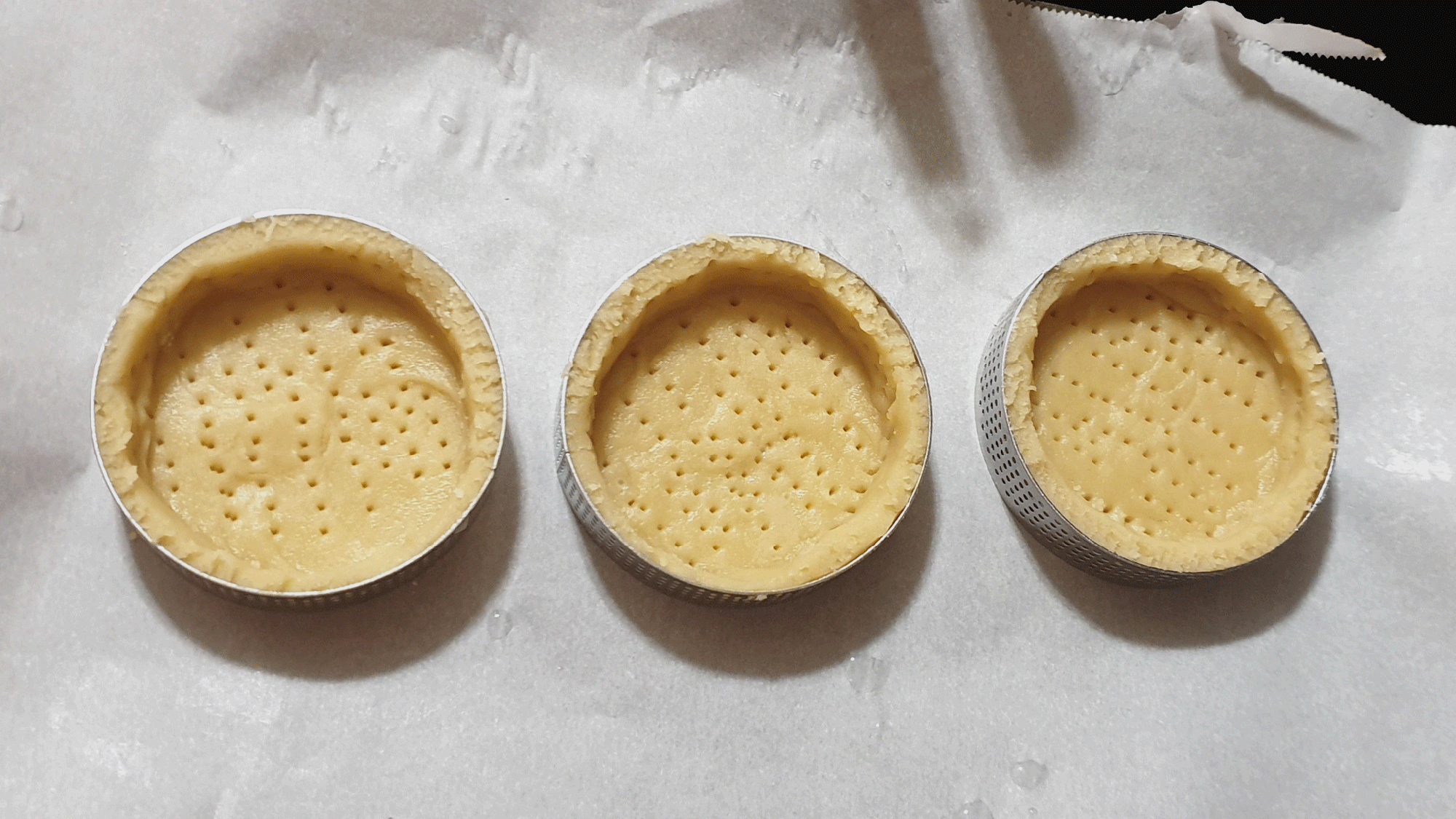
So I really like tarts, but they’re kind of difficult to share with people especially while you’re trying to social distance. ENTER: THE TARTLET.

I impulse bought some tartlet rings from Amazon and I’ve already gotten so much use out of them.
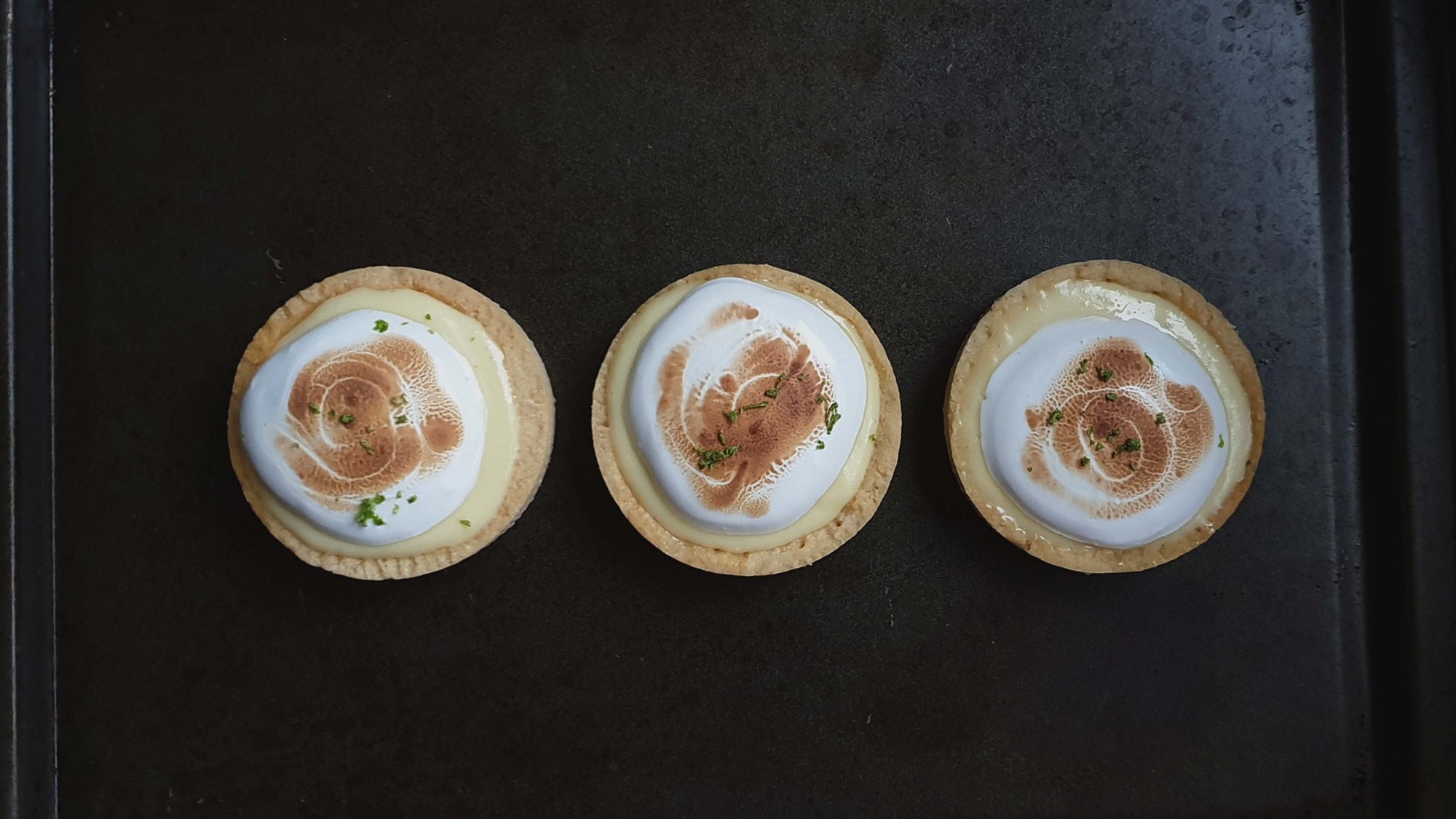
I decided to make a lemon cream tartlet while it is still technically summer, which involves this really luscious lemon cream which is light, delicate, and bright – unlike a baked lemon filling. And of course it’d taste good it’s like 50% butter.

To contrast with the sharp filling (and to use up the leftover egg white) I topped the tartlet off with a sweet meringue topping, lightly toasted for the a e s t h e t i c s.

The tart crust itself is a very versatile and easy-to-work-with sweet tart crust or pâte sucrée.
This recipe is adapted from the Tartine cookbook, and I just added a Swiss meringue topping.
Ingredients (makes about 8 tartlets, maybe 9 if you’re really good at re-rolling out the dough. Each of my tartlet was 3.2 inches/8cm in diameter)
Sweet tart dough
- 128g unsalted butter, room temperature
- 100g sugar
- 1/8 tsp salt
- 2 large eggs, room temperature (1 egg will be used for the egg wash)
- 250g all purpose flour
Lemon cream
- 75mL lemon juice (from about 1-2 lemons)
- 1 1/2 large eggs (to get 1/2 an egg I usually weigh out a cracked egg, beat the egg, and then add 1/2 the weight of the full egg back in)
- 1/2 large egg yolk (the same principles apply lol)
- 88g sugar
- Pinch of salt
- 113g cool unsalted butter
Swiss meringue (I had just enough for my tartlets and I decorated some of my tartlets with less meringue, if you want to fill up the entire tartlet top with meringue you’d have to double this recipe)
- 1 large egg white
- 53g sugar (1/4 cup)
- Pinch of salt
To finish
- Finely grated lime zest
Method
Sweet tart dough
- Beat the butter, sugar, and salt together until smooth.
- Mix in the egg until fully combined.
- Add flour and mix gently. Put in the fridge for a bit to firm up if too soft to work with at any time.
- Roll out the disc on a lightly floured surface until 3mm (1/8 inch) thick, rolling from the center toward the edge in all directions. Lift and rotate the dough a quarter turn after every few strokes, dusting underneath as necessary to discourage sticking, working quickly.
- Cut a circle of dough about 2 inches larger than your tartlet ring, easing in into the bottom and sides of your tartlet mould. Trim off any excess dough off the top.
- Put the pastry shell in a refrigerator until firm, about 15 mins.
- Meanwhile, preheat oven to 325°F/160°C.
- When the oven has preheated and your pastry shell has firmed up, dock the bottom and sides of the tarts with a fork (poke holes in it).
- Bake for about 10 mins. The tart should look lightly coloured, dry and opaque. Meanwhile, beat 1 large egg with a pinch of salt.
- After 10 mins, remove shells from oven and lightly brush the bottom and sides with the egg wash. Return to oven and bake until golden brown, about 20 mins longer (see notes).
- Let cool completely. Wrap it well and keep in a refrigerator for up to 1 week, or in the freezer for up to 2 weeks.
Lemon cream
- Over a double boiler, combine the lemon juice, eggs, egg yolk, sugar, and salt and whisk. Don’t let the egg yolks sit with the sugar for too long or the egg yolk will turn granular.
- Keep stirring until mixture is very thick, about 180°F/82°C on a thermometer, about 10-12 mins.
- Remove from heat and let cool to 140°F/60°C, stirring occasionally.
- Cut butter into 1 tbsp pieces. When the cream has cooled, blend with an immersion blender and add butter 1 tbsp at a time, blending each addition completely before adding the next piece. Cream will be pale yellow and opaque and quite thick.
- Pour the cream into the prepared tart shell and shake the tart shell gently to smooth out the top. Chill the tart until firm, about 2 hours. The filled tart will keep in the refrigerator for up to 3 days.
Swiss meringue
- Place the egg white into a double boiler. Whisk with an electric whisk until the egg whites are foamy, then add the sugar and salt. Whisk until you cannot feel the sugar grains in the egg whites any more (should take about 3 mins).
- Remove the bowl from heat, and whisk until the meringue is cool stop at soft peaks if you want just a pool of meringue and keep whisking till stiff peaks if you want fancier designs.
- Place your swiss meringue into a piping bag and decorate the top of your chilled lemon tartlets with the meringue.
- Use a blowtorch to torch the meringue.
- Finish the tartlet with some lime zest.
Notes
- I baked my tartlet much longer than the recipe in the book (like double the time) because the tartlet never took on much colour. I thought my timing came out perfect but you do you man.
- If you use a perforated tart ring like me, you can use a sharp knife to scrape off any bumps left behind by the perforation.
- Transport carefully! The meringue is prone to sliding around the top of the lemon cream.
- This recipe can also make a normal 9 inch tart! A large tart might take longer to bake – just watch the colour of the tart.
- The egg wash in the middle of baking the tart shell helps with preventing a soggy bottom.



